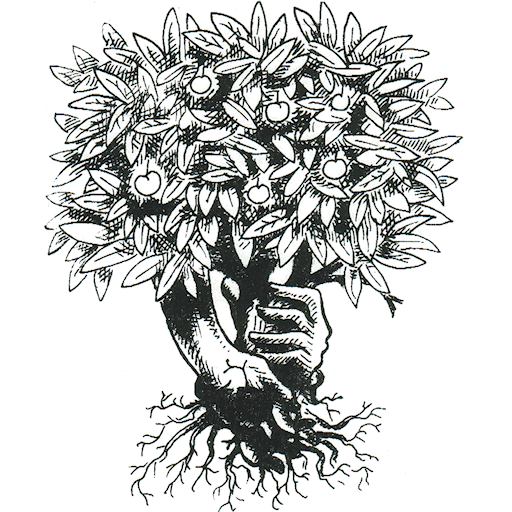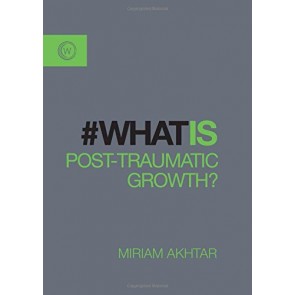The title may sound heavy-duty, but this excellent short book should be relevant for a lot of people. Miriam’s list of what can cause trauma is very inclusive, and her book is an easily accessible introduction to a range of wellbeing and resilience methods.
The whole book is only 140 pages, with five chapters. It explains what trauma is, and the symptoms of post-traumatic stress. Although we hear a lot about PTSD, Miriam cites research showing that most people handle trauma positively and grow through it.
The idea of post-traumatic growth (PTG) is a new one, which became prominent after the 9/11 attacks. She lists five main areas in which such growth occurs:
• Personal strength
• Closer relationships
• Greater appreciation for life
• New possibilities
• Spiritual development
The distinction between assimilation and accommodation is a very useful one, beautifully explained by the ‘shattered vase’ metaphor, created by Professor Stephen Joseph.
Imagine a lovely piece of porcelain falling and breaking into pieces. If you pick up the pieces and very carefully stick them back together, the vase may end up looking more or less like it did before, but the truth is that it will be weaker, held together with glue or sticking tape, and will be more likely to break again or to leak. This is assimilation. You and your life may look the same but in reality you are much more fragile.
If, on the other hand, you choose to collect all the pieces and make something new out of them such as a beautiful mosaic, the end result will be something unique and valuable in its own right. Something new has emerged from the old. This is accommodation. You will look and feel different but will be stronger as a result of accepting and working with the new reality.
Chapters 3-5 are a very useful overview to a wide range of specific processes you can use to grow through major challenges, such as CBT and mindfulness, with a good list of websites and books to explore more fully.
What is Post-Traumatic Growth is published by Watkins Publishing ISBN 978-1780289793.

